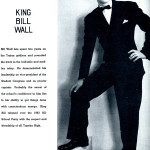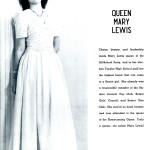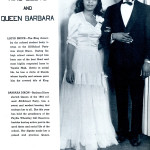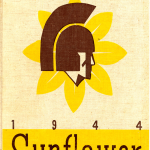“See You Next Year!” – An Online Collection of WWII-Era Yearbooks
For the past 2 years, The National WWII Museum has been collecting wartime high school yearbooks from around the country for use in the Museum’s Red Ball Express and Operation Footlocker outreach programs. Now, we’re proud to make this collection of primary sources available free of cost to those students and teachers the Museum can’t always reach in person. Containing oral histories conducted by the Museum’s own Victory Corps youth volunteers and Common Core-aligned lesson plans, See You Next Year! allows users to see all the different ways in which WWII impacted the lives of the young Americans who lived through it, allowing students to see themselves reflected in history.
Each yearbook is a unique artifact, full of images, stories and memories from 70 years ago. Rather than telling a single narrative, each yearbook contains multiple stories that reflect the history of WWII. The Sunflower, a 1944 yearbook from Topeka High School in Kansas, serves as a perfect example. There are signs of a nation and school at war; patriotic mascots, pages honoring students who have died in service and scrap drives are found throughout the pages of the Sunflower. There’s more to the story, however. Topeka has become well-known for being the center of the 1954 Brown v. Board of Education Supreme Court decision that ruled separate is inherently unequal. Ten years prior, the Sunflower makes it clear that this Topeka high school was actually integrated, making it ahead of its time in the Topeka school system. However, despite being an integrated school, the student body elected two sets of homecoming royalty; one King and Queen for white students, and another for black students. There are also differences in the way these homecoming Kings and Queens were treated. The white students each get their own page, their last names clearly displayed. The black students share a page, with only their first names present in the title.
Equally heartbreaking and inspiring, these yearbooks give K-12 students and adults alike a deep and honest insight into what life was like for teenagers all across the nation during World War II. We’ve collected yearbooks from 33 states, and we’re continuing to search for more. Find out which states we’re looking for and how you can help us achieve our goal.
View the full collection of yearbooks, oral histories and more.
Posted by Collin Makamson, Family Programs & Outreach Coordinator and Gemma Birnbaum, Digital Education Coordinator








Leave a Reply